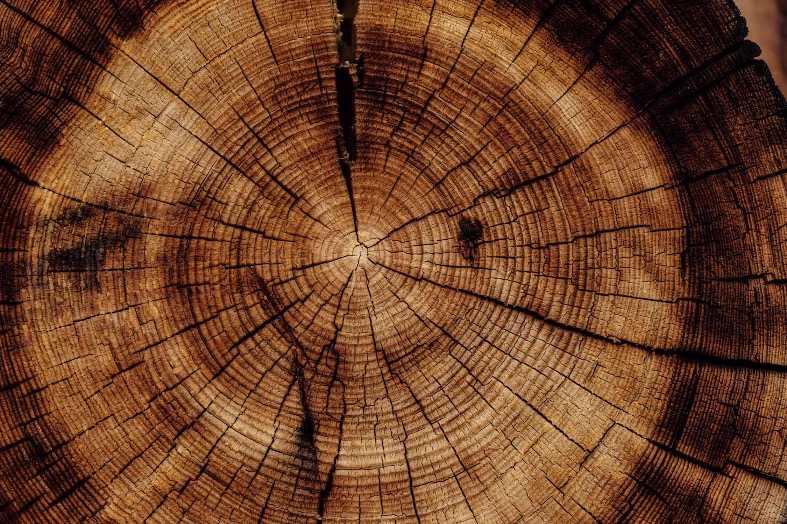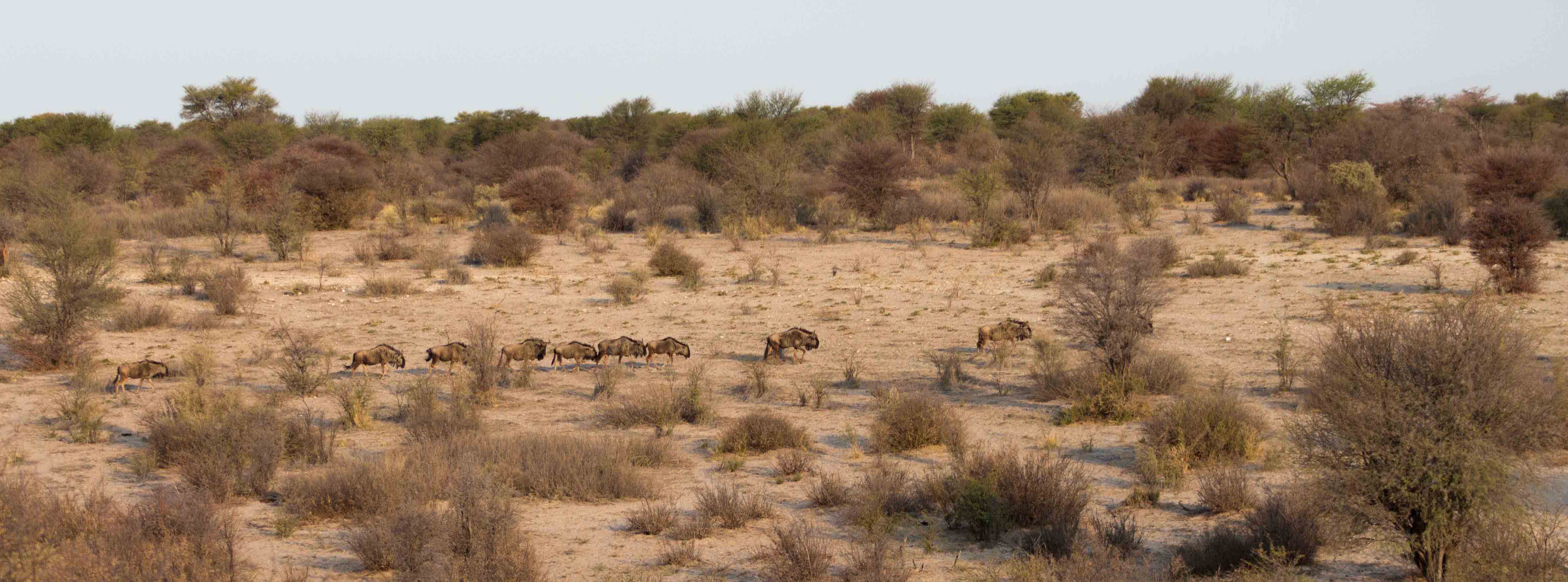Snapshot Molopo
Finished! Looks like this project is out of data at the moment!
Welcome! This project recently migrated onto Zooniverse’s new architecture. For details, see here.

Help us explore the incredible wildlife along the border between Botswana and South Africa!
Learn moreYou can do real research by clicking to get started here!
Zooniverse Talk
Chat with the research team and other volunteers!
Snapshot Molopo Statistics
View more statsKeep track of the progress you and your fellow volunteers have made on this project.
Every click counts! Join Snapshot Molopo's community to complete this project and help researchers produce important results. Click "View more stats" to see even more stats.
Percent completeBy the numbers
Message from the researcher
Connect with the research team on Talk to learn more about this project!
About Snapshot Molopo
Hundreds of camera traps spread across South Africa are providing a powerful new window into the dynamics of Africa's most elusive wildlife species. We need your help to classify all the different animals caught in millions of camera trap images.
These camera images come from Molopo Nature Reserve. Established in 1987, Molopo is 24 000 ha in size and located in the North-West Province of South Africa alongside the border of Botswana. The reserve does not have lion and other dangerous game, so visitors are permitted to walk, leading to a more relaxed and personal experience than at many other game reserves. However, if one still wishes to have a more traditional game drive experience that option is also available, with a road network allowing you to explore the entire reserve from your vehicle.

The reserve has recorded over 120 species of birds and includes breeding pairs of martial eagles. There are many birds of prey present, including multiple vulture species. In addition to all the mammals and birds found within the reserve a peculiar geological phenomenon also features, the fossilized Phepane riverbed. This dry riverbed is many millions years old and once carried huge volumes of water, adding another layer to the wonders one can discover in this reserve.